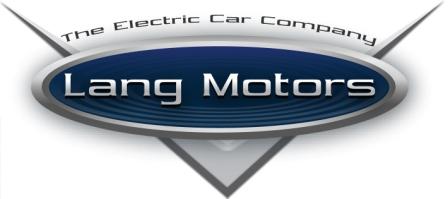
While there are often concerns raised about Neighborhood Electric Vehicle (NEV) safety on public roads, there has been little hard data in the form of traffic statistics to suggest they are unsafe. There are occasionally anecdotal stories about the issue and a recent one from the Myrtle Beach area suggested that safety of the vehicles is not an issue. In Myrtle Beach and some surrounding towns NEVs are allowed on public roads. In nearby Surfside the police chief reports that only one accident in the last three years required emergency service. He attributes most of the accidents to people driving while under the influence of alcohol which, of course, is not related to the type of vehicle but to the drivers themselves.
Source: The Sun News
TAKING STOCK:
It is critical that one understands what a NEV is and what it is not. Neighborhood Electric Vehicles (NEV) is not required to satisfy highway capable standards when that clearly is not the intention or legal requirement of the car. As per The National Traffic Highway Institute (NHTSA) the Neighborhood Electric Vehicle (NEV) is among the safest classes of vehicles in operation in the United States. The NHTSA determined that standard passenger crash testing does not apply to the NEV class.
The admirable NEV safety record can be attributed to such things as:
- Better driver control and awareness at lower speeds.
- Increased reaction time due to lower operating speeds.
- Shorter braking distances.
- General use of NEVs in lower speed applications, and that drivers of NEVs are fully aware of their operating design and drive them appropriately.
The NEV also provides a significant increase in occupant protection when compared to other low speed transportation options in the marketplace such as bicycles and motorized scooters. The relative position of the NEV in terms of road safety must also be understood to include increased protection for cyclists and pedestrians in the event of a collision with a lighter weight, slower moving low speed vehicle.
The underlying problem with a NEV as a street product is not the car. It is the driver. Why do we need to go faster than 50 km/h in the city? It's full of people on bicycles and cross walking. Besides, there is only ever 1 person in the car. What is safer, an NEV or a motorcycle? There is no mechanical reason that prohibits a NEV from going more then 40 km/h. It's always been interesting that motorcycles (which have no protective enclosure) can operate on any road and are relegated to the same speed restrictions as automobiles which have extensive (and regulated) safety features. It's also interesting that in both cases speed laws are set by government but the onus to operate the vehicle safely and within the speed limit is not set by the manufacturer before the vehicle leaves the factory, but is up to the vehicle operator. Why then would the operator of a NEV not be held to the same level of responsibility?






No comments:
Post a Comment